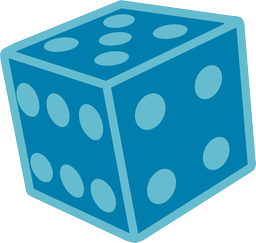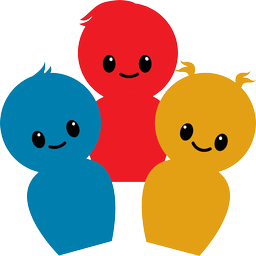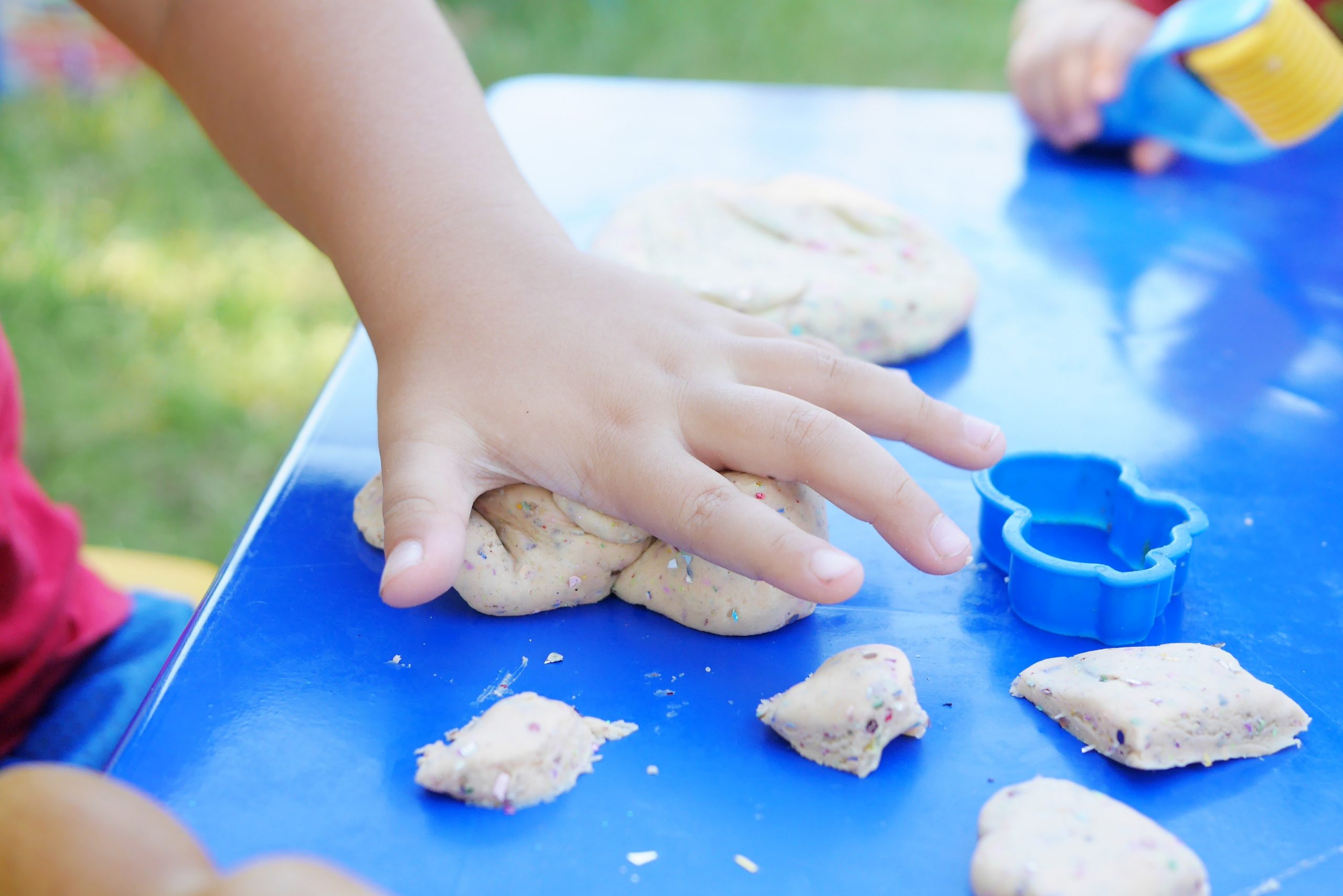Areas it develops: perception, detection, hand coordination, understanding order, vocabulary, verbal skills
Children make their own salt dough to be able to experience how materials change and what textures they migh have. It is important to give them enough time to explore but to carefully observe them too because some problems mith come to light during this activity.
For instance if a child tries some games that interest them but does not reach the solution and does not even want to get there. Should we experience this we can help them by showing different options with the same object or material. Do not switch to a new activity/tool straight away! First, the child needs support to reach the end goal, the solution. If we come back to the same activity over and over again, but with less and less help, the experience will last.
In the descriptions you can also find actual tips/recommendations on how to help children who have difficulties with touching different textures or have problems with manipulating those materials/textures.







